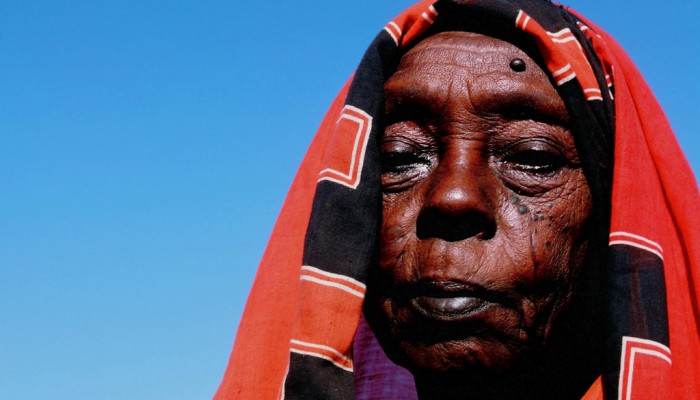Imagining Futures with Documentary Film
This post forms part of our series in showcasing abstracts of presentations featured at our annual postgraduate interdisciplinary conference on refugee and forced migration research, hosted in October 2017 at The University of Melbourne.
Shannon Owen
There are rich historical links between documentary film and social change. These links are now more prevalent than ever, thanks to increasingly accessible production and distribution technologies and the emergence of social impact documentary that formally embeds a change making ethos within mechanisms of production. At the same time, the ongoing global refugee crisis, sees stories of forced migration and re-settlement repeatedly told through a documentary film lens.
These films do well to highlight pressing social issues and to emotionally engage broad audiences with otherwise inaccessible stories. In turn, many of these films have become powerful advocacy tools used to build awareness and lobby for change. But what does change look like? And who is shaping this change?
Inspired by the futurist proposition – that in order to work toward creating a future we want, we must first find ways to imagine what this future could be – my research challenges documentary filmmaking to creatively engage with possibilities of social impact in a new way.
Drawing on processes developed in the field of futures studies, this research explores opportunities for documentary film to look beyond historical and contemporary narratives and work to project alternative futures. The research centerpiece, is the production of a feature length documentary The Long Road Home, that explores alternative futures of South Sudan. This presentation reports on initial attempts to apply futures thinking and foresight processes to the documentary’s development with specific focus on the film from the future workshop that took place in early 2017.
Shannon Owen is a director/producer working across documentary and animation. Her work has been broadcast nationally and internationally, screened at festivals in Asia, Europe and North America and exhibited in Australia’s National Portrait Gallery. Her research practice engages with futures discourse and the possibilities and challenges it poses for documentary filmmaking.
